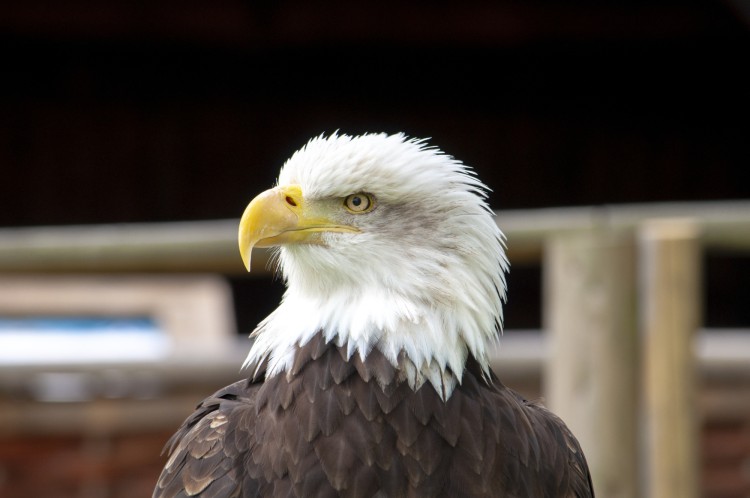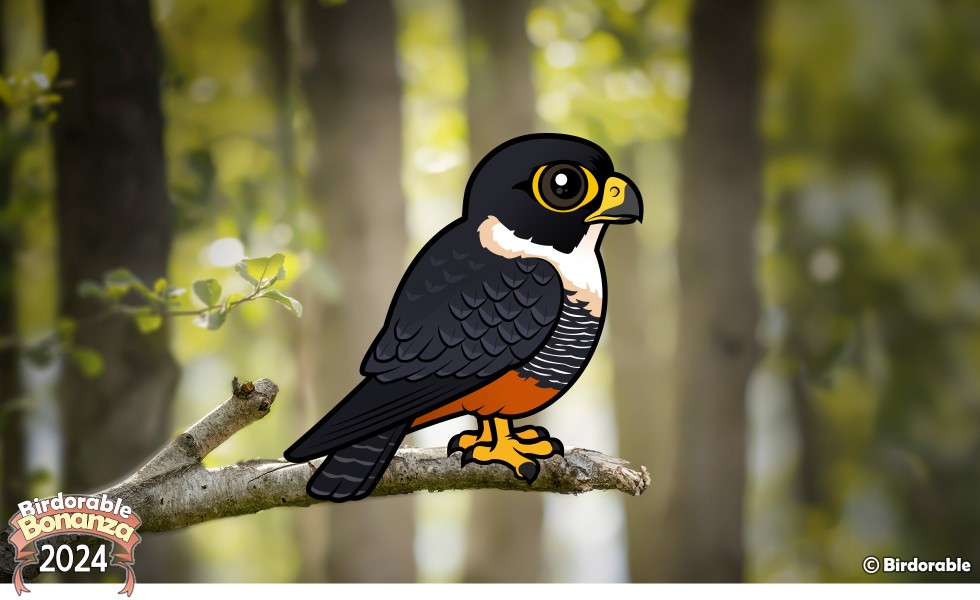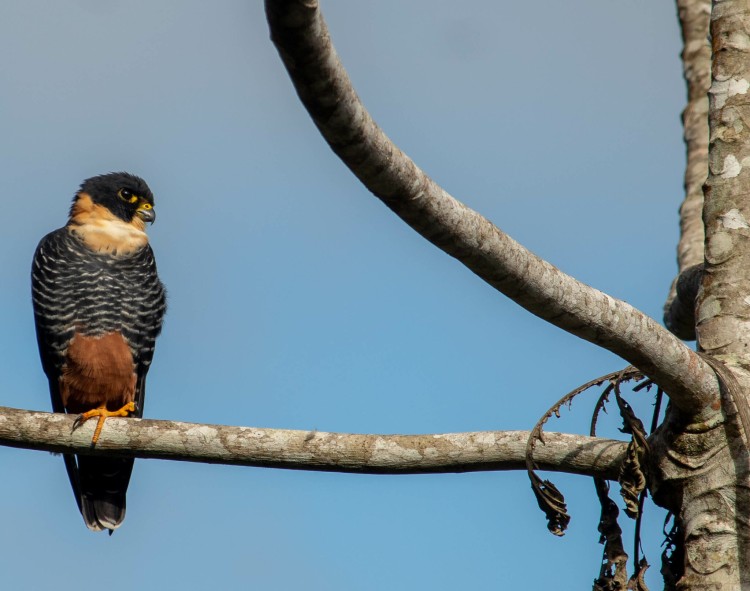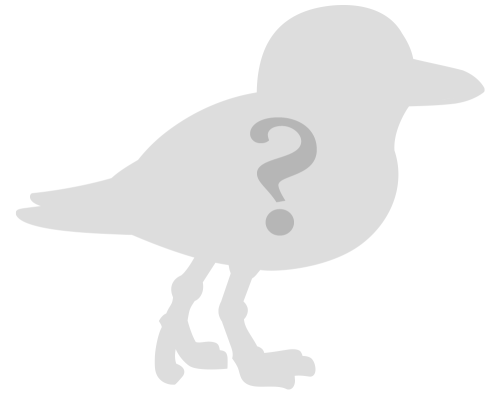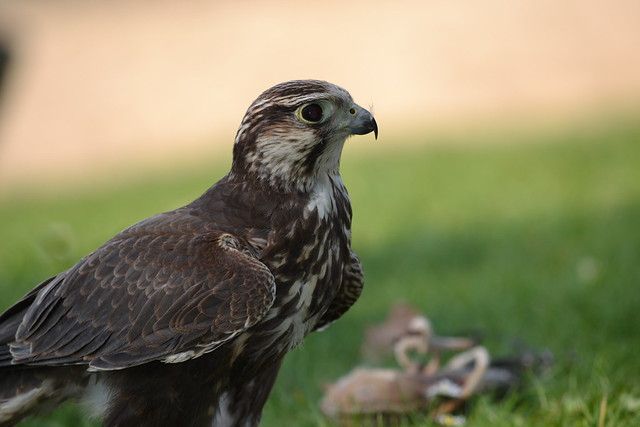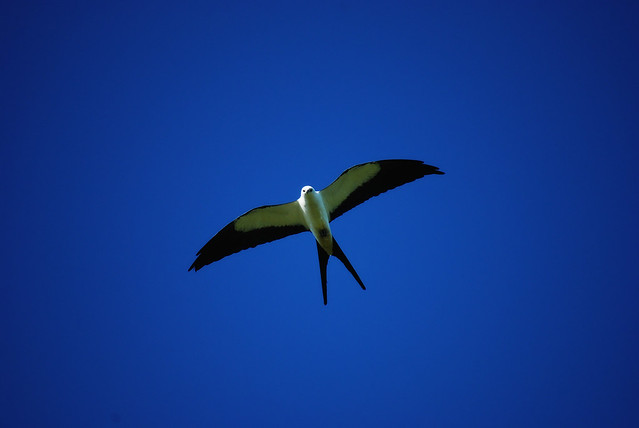
The Bald Eagle has long been synonymous with American ideals of freedom and strength. Its image graces the Great Seal of the United States, official documents, military insignia, and currency. However, it wasn't until December 24, 2024, that the Bald Eagle was officially designated as the national bird of the United States.
The journey to this official recognition spans nearly 250 years. In 1782, the Bald Eagle was adopted as the central image on the Great Seal, symbolizing the nation's ideals. Despite this prominent placement, no formal legislation had ever declared the Bald Eagle as the national bird. This oversight persisted until President Joe Biden signed the bill into law on Christmas Eve 2024, amending the United States Code to include the Bald Eagle's official status.
The legislation was introduced by Senator Amy Klobuchar of Minnesota, a state renowned for its significant Bald Eagle population. The bill received bipartisan support, reflecting a unified acknowledgment of the Bald Eagle's symbolic importance.
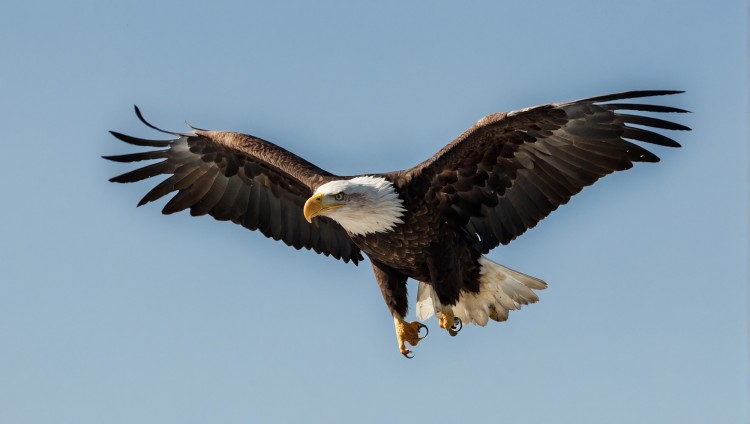
Historically, the Bald Eagle's selection as a national emblem was not without debate. Benjamin Franklin famously criticized the choice, favoring the Wild Turkey instead. In a letter to his daughter, Franklin described the Bald Eagle as a bird of "bad moral character," expressing his preference for the turkey, which he deemed more respectable.
Beyond its symbolic role, the Bald Eagle's conservation story is remarkable. By the mid-20th century, factors like habitat destruction, hunting, and pesticide use had driven the species to the brink of extinction. Conservation efforts, including the banning of DDT and legal protections, facilitated a significant recovery. In 2007, the Bald Eagle was removed from the threatened and endangered species list, and by 2020, the Bald Eagle population had reached approximately 316,700 individuals, a testament to successful preservation initiatives.
The official designation of the Bald Eagle as the national bird not only corrects a historical oversight but also reinforces the nation's commitment to preserving its natural heritage. As Jack Davis, co-chair of the National Bird Initiative for the National Eagle Center, aptly stated, "For nearly 250 years, we called the Bald Eagle the national bird when it wasn't. But now the title is official, and no bird is more deserving."
This formal recognition ensures that the Bald Eagle's legacy as a symbol of American freedom and resilience is enshrined for future generations.
